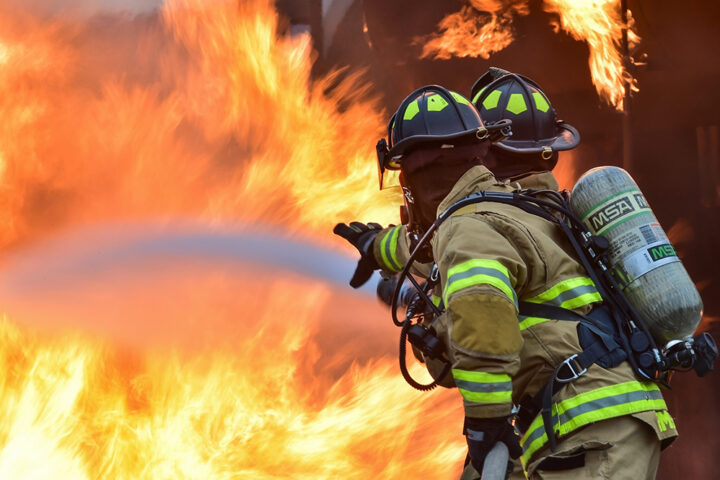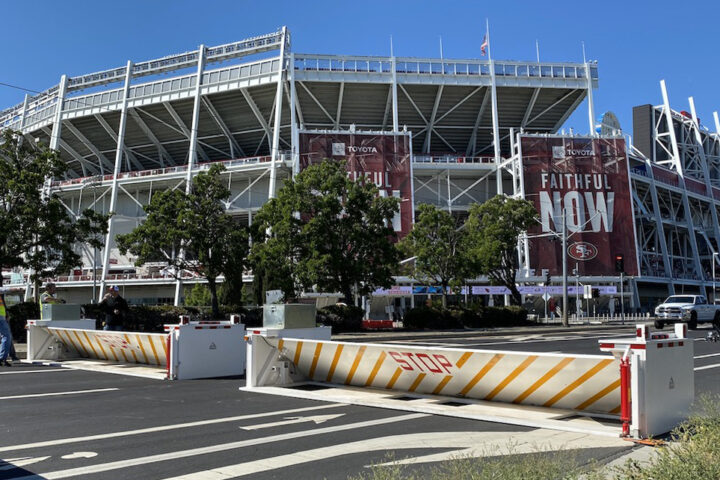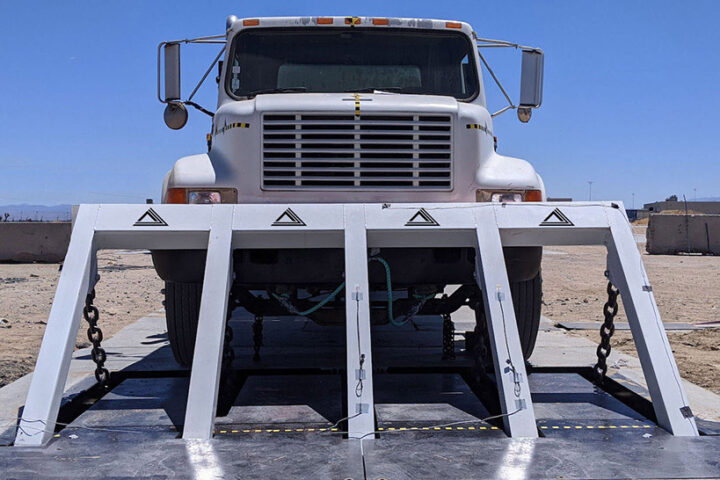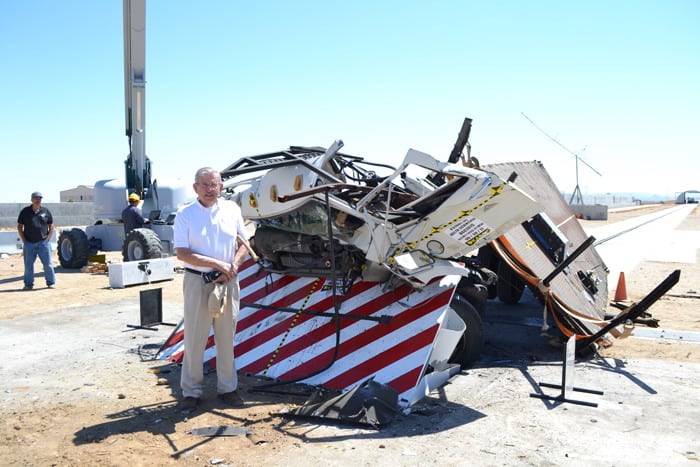How Building Protection Bollards Improve Public Building Aesthetic
It’s an unfortunate reality that terrorist attacks, both in the United States and abroad, have turned motor vehicles into weapons. These attacks have involved cars and trucks barrelling into large crowds, pedestrian areas, and college campuses. Many other targets, such as sports stadiums, community centers, and government buildings, could see a vehicular attack. In order to treat the threat of these attacks seriously, companies and event organizers should consider utilizing building protection bollards.
The Future of Security in Education
At Delta Scientific, we recognize how important it is for a society to educate its children. Yet around the country, in public and private schools, students and teachers alike have difficulty working because of constant fear of an attack against their schools. Every child should have an expectation of safety at school, and teachers should expect a safe working environment, especially considering the sacrifices they have to make for the education and edification of young minds.
How Delta Scientific Works With Emergency Personnel
p arrives. However, a product that is effective at keeping would-be attackers out may also frustrate rescue efforts by emergency personnel. To prevent this, Delta Scientific works with first responders, such as police and fire departments, to teach them how to use our products. This allows them to gain access to the site and render aid in an emergency si
Evolving Security Challenges in Washington, D.C.
Thirty years ago, security at government buildings and historic sites in Washington, D.C., was much less stringent than it is today. Ordinary citizens were free to walk into the Capitol building and gather in large groups for pictures on the front steps without surveillance by security guards. However, due to evolving security threats against the nation’s capital, this is no longer possible.
Get Acquainted With Portable Barriers From Delta Scientific
All our security barricades, including our portable barriers, receive crash ratings based on testing showing how effective they are at stopping a 15,000-pound vehicle at certain speeds. For example, an M50 crash rating means that the barrier can stop a vehicle traveling 50 miles per hour, an M40 barrier is effective at 40 miles per hour, and so on.
Product Spotlight: DSC720-1M Tall High Security Bollards
The highest crash-rated bollard that we offer at Delta Scientific is the DSC720. With a crash rating of K-12, its height of 35 inches is sufficient to stop most large vehicles. However, in Europe and the Middle East, truck cabs are taller than in the United States. Because these taller models can be top-heavy, they may tumble over standard bollards and cause damage even after bringing the vehicle to a halt.
Spotlight on Our New DSC550 Shallow Foundation Barricade
At Delta Scientific, we understand the challenges of implementing an adequate security barricade in the presence of such obstacles. That’s why we have offered portable and shallow foundation barricades for some time. We are excited to introduce our newest shallow foundation barricade, the DSC550. It has a number of qualities that make it a viable security solution for your facility.
How Security Bollards Can Help Keep Eyes on the Street in Pedestrian Areas
Journalist Jane Jacobs developed the concept of “eyes on the street” as it relates to public safety over 50 years ago. The theory holds that pedestrians tend to feel safe in public places that attract a lot of people because the crowds perform informal surveillance of the area and can draw attention to any potential threats. According to the theory, to draw the necessary numbers of pedestrians to keep “eyes on the street,” the public space and the area around it must be accessible and attractive.
The Threat Behind Computerized Vehicles
The idea behind vehicular attacks is simple. Unlike conventional weapons, larger cars and trucks are more ubiquitous, and the potential cost to morale and the population as a whole is high. The main concession is that these transports need to be manned by a person with devious intent. However, the continued computerization of vehicles, as well as the push towards complete autonomous driving, may make this form of improvised ammunition much more effective and dangerous.










